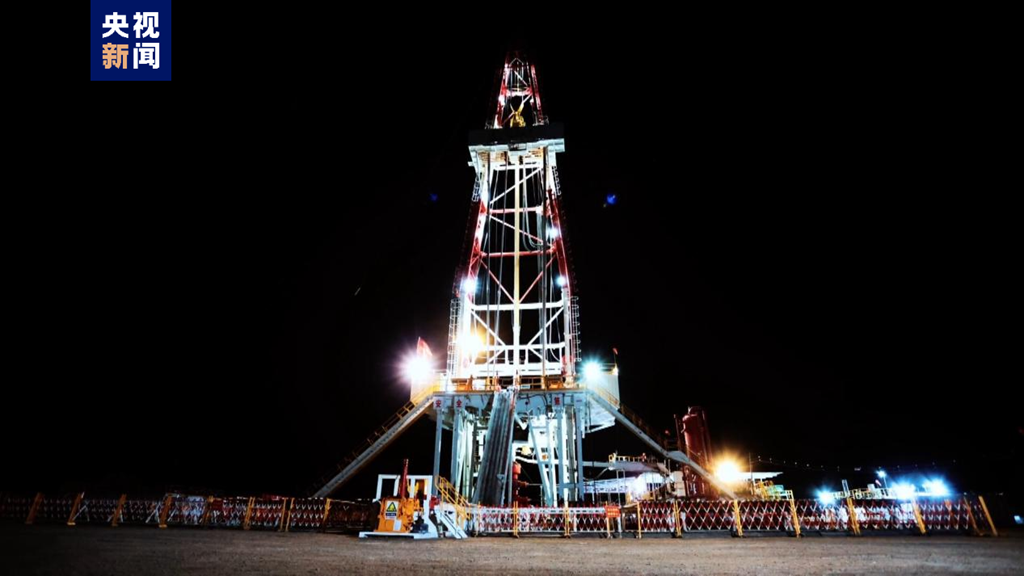The intelligent steering drilling technology includes three-dimensional target-precise navigation and proprietary ultra-deep azimuthal electromagnetic resistivity imaging.

In the Xinjiang Uygur Autonomous Region in northwest China, a production well has achieved noteworthy advancements in the implementation of intelligent steering drilling, a class-A strategic leading technology of the China Academy of Science (CAS).
The development of this state-of-the-art apparatus system and pertinent research are crucial for protecting the nation’s energy resources.
The intelligent steering drilling technology includes three-dimensional target-precise navigation and proprietary ultra-deep azimuthal electromagnetic resistivity imaging.
In addition to precisely directing the bits to the ideal mining position and attaining a high-yield industrial oil and gas flow, it permits the detailed analysis of subterranean oil and gas reservoir structures.
Early August of this year’s production testing produced outstanding results. The production well produced roughly five times as much as nearby wells each day, producing 13.5 tonnes of oil and 42,000 cubic meters of natural gas.
The lower Shushanhe Formation of the Cretaceous System’s geological reserves were found to contain roughly 510 million cubic meters of natural gas and 160,000 tons of condensate oil.
This was the first successful oil and gas extraction from these particular reservoirs, which attests to the dependability of the developing technology that makes it possible to efficiently and inexpensively drill for China’s deep oil and gas resources.
In locations where vertical drilling is not practical, oil and gas resources can be reached by utilizing a wellbore drilling method known as guiding drilling. Extended-reach, multilateral, and horizontal wells can all use it.
The two main methods of guiding drilling are slide steering, which makes use of a downhole tool attached to the drill string, and rotary steerable, which makes use of a downhole tool spun by the drill string with a steering mechanism.
With benefits including enhanced hole cleaning, less danger of pipes being caught, and higher drilling speed, rotary steerable drilling is quickly replacing conventional drilling techniques. Despite its complexity, guiding drilling is crucial for the extraction of oil and gas, and its significance is predicted to increase as the market for these commodities expands.